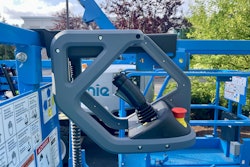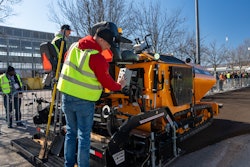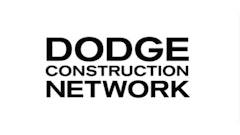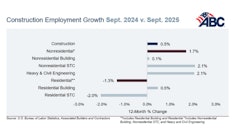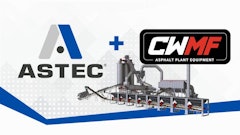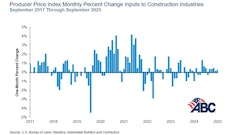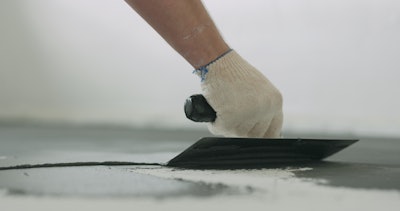
Concrete remains one of the most widely used construction materials worldwide, but even the most robust structures are subject to damage over time. Concrete repair mortars offer a practical solution for restoring worn or damaged concrete surfaces. This article explores what these materials are, their common types, applications and why they’re increasingly important in construction and infrastructure maintenance.
What Are Concrete Repair Mortars?
Concrete repair mortars are specialized mixes designed to restore the function and appearance of damaged concrete. Typically made from cement, aggregates, and various chemical additives, these mortars help improve bonding, flexibility and durability. They are used to fill cracks, smooth surfaces, and patch holes in concrete, restoring both strength and surface uniformity. Applications range from residential and commercial buildings to industrial structures and public infrastructure.
Market Overview
The global market for concrete repair mortars was valued at USD 3.07 billion in 2024. It is projected to grow to USD 3.31 billion in 2025 and reach USD 6.54 billion by 2034, with an expected compound annual growth rate (CAGR) of 7.9%.
What’s Driving Market Growth?
Urban growth, aging infrastructure and increasing industrial activity are key factors fueling demand for concrete repair solutions. As more cities expand and older structures require maintenance, durable repair materials become essential to preserving structural safety and longevity.
Government investment in infrastructure — especially road upgrades and repairs — is another significant factor. Many countries are funding large-scale maintenance projects, often in partnership with private firms, which is further increasing the demand for effective concrete repair materials.
Common Types of Concrete Repair Mortars
Different repair scenarios require different mortar formulations. Here are four common types used across construction sectors:
- Cement-Based Repair Mortars: These are the most commonly used type, composed mainly of cement, sand and additives. They are suitable for a wide range of interior and exterior repairs, offering good weather resistance and structural support in residential, commercial and industrial settings.
- Epoxy-Based Repair Mortars: Known for their high strength and chemical resistance, epoxy-based mortars are often used in industrial environments. They provide strong adhesion and create a durable surface suited for areas exposed to heavy loads or chemicals, such as warehouse floors and parking structures.
- Mineral-Based Repair Mortars: Often used in heritage or historic building restoration, mineral-based mortars offer high breathability while maintaining structural integrity. These mortars are typically lime-based and allow moisture to escape through the surface — helpful in preserving older structures.
- Self-Leveling Repair Mortars: Designed to flow easily and settle into a flat, even surface, self-leveling mortars are used to repair and smooth damaged concrete floors. They are ideal for large commercial or industrial spaces where a level surface is critical, and minimal manual effort is preferred.
Industry Impact
As infrastructure continues to age and urban development accelerates, concrete repair mortars are becoming an essential part of modern construction and maintenance practices. These materials support the integrity and longevity of buildings, bridges, roads and industrial facilities — helping reduce the need for complete replacement while maintaining safety and functionality over time.







